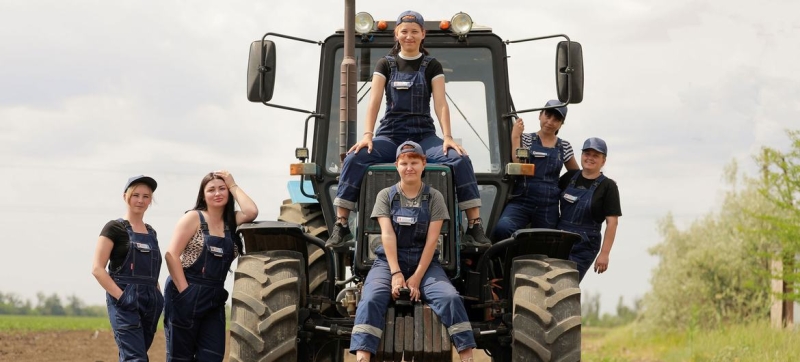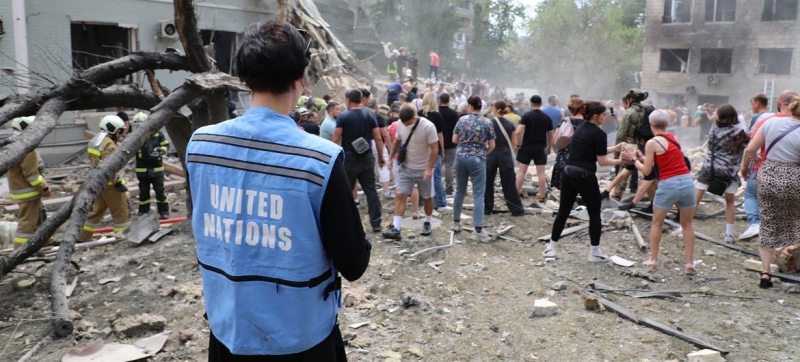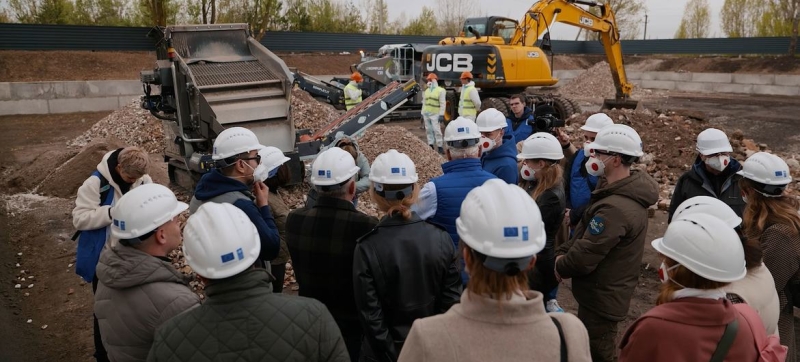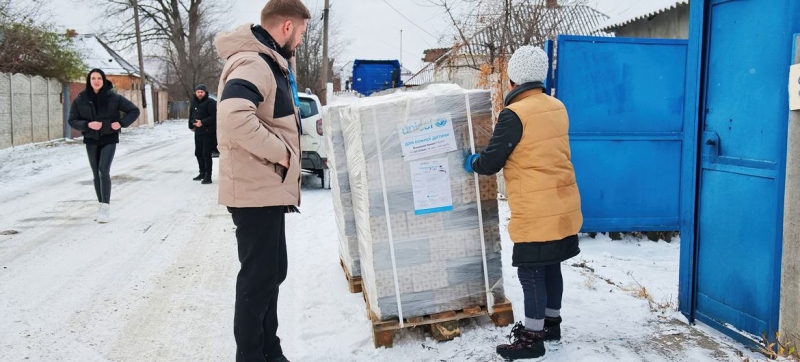
Ukrainian women take to tractors amid labor shortages. UN to assess Ukrainians’ aid and recovery needs in 2025 UN
Russia’s ongoing bombing has failed to break the resilience of the Ukrainian people, the UN says. Despite the lack of clear prospects for the ongoing conflict and possible solutions, the UN is not only at the forefront of efforts to provide aid to the people of Ukraine, but is also actively involved in the country’s recovery and development.
Almost three years have passed since the full-scale Russian invasion of Ukrainian territory on February 24, 2021. The fighting has killed thousands of civilians, destroyed critical infrastructure, and put Ukraine’s economy under enormous pressure.
The UN has recorded more than 28,000 civilian casualties, including more than 10,000 fatalities. The organization notes that the real figures are likely significantly higher.
As the front lines shift and fighting intensifies, more than 14 million Ukrainians are estimated to be in need of humanitarian aid. The conflict has also created the largest refugee crisis since World War II, with more than 6.3 million people fleeing to neighboring countries and 3.7 million internally displaced. That means nearly a third of the population has been forced to flee their homes, including more than half of Ukraine’s children.
The country’s economy has lost about 30 percent of the jobs it had before the invasion, and Ukrainians have faced higher taxes and frequent power outages due to attacks on energy infrastructure.

The capital of Ukraine, Kyiv, came under heavy attack in the early days of the war. (file photo)
The UN has supported millions of people
Throughout the conflict, the UN has been at the forefront of humanitarian operations, working closely with the Ukrainian authorities, local partner organizations and volunteers to provide support to all those in need, especially in frontline areas.
In all corners of the country, emergency aid is mobilized immediately after attacks. UN agencies support efforts to clear mines, remove rubble, provide basic services to the population, find shelter for displaced people, and provide medical care. Last year alone, the UN World Food Programme (WFP) supported 1.6 million Ukrainians every month, providing people with food and cash assistance, helping to clear mines in agricultural land, and supporting feeding programs in schools and other institutions. The UN Office for the Coordination of Humanitarian Affairs (OCHA) reports providing medical assistance to 2.6 million people in 2024.
Despite the ongoing bombing, Ukraine continues its recovery efforts. Dozens of projects are aimed at building and repairing schools, kindergartens, hospitals, social housing, heating and water supply systems, and other social infrastructure.
The restoration of energy infrastructure continues despite continued attacks. UN agencies and partners are providing more than 500 megawatts of electricity, as well as solar power, to provide light, heat and water.
The emphasis is on decentralization, so that each region, including small towns and villages, is less dependent on large central power plants and can provide itself with energy during power outages. Today, the destruction of a large power plant can paralyze entire areas and leave tens of thousands of people without electricity. A decentralized system with a large number of small stations powered by renewable sources will make it possible to withstand attacks more effectively: solar panels damaged by bombing can be replaced within a day. The decentralization efforts are supported by the United Nations Development Program.

Initiative for recycling construction waste in Ukraine. (archive photo)
“The future begins as soon as the sirens stop”
Despite the fact that millions of Ukrainians have chosen to emigrate, many of those who have remained are happy with their choice, according to UN officials. Humanitarian Coordinator Matthias Schmale noted that the population’s willingness to survive and even thrive in the midst of the conflict is a testament to its remarkable resilience.
In an interview with the UN News Service, Schmale expressed hope that the UN’s commitment to support Ukrainians for as long as it takes will help them believe in the future: “I see people starting to rebuild as best they can, whether it’s a business, a home, or a life. The future begins as soon as the sirens stop. People don’t want to leave.”
The resilience of the population was also noted by Kenan Madi, UNICEF’s Chief of Field Operations in Ukraine. “Despite the challenges, despite everything they are going through, people want to stay in their villages, in their region. No one dreams of leaving. On the contrary. Everyone dreams of staying,” he told the UN News Service.
“This gives me confidence that as soon as this war is over, the Ukrainian population is ready to immediately start rebuilding their country,” Madi added.
A large-scale UN study conducted in 2024, based on interviews with more than 7,000 respondents in government-controlled areas, found that Ukrainians continue to demonstrate a strong sense of national identity and belonging to their homeland. The results highlight that Ukraine’s national identity plays an important role in uniting the country amid the ongoing war.

Families in Dergachi, Kharkiv region, near the front line, are receiving solid fuels.
The Price of Recovery
Nevertheless, the country faces enormous and extremely expensive challenges. The cost of reconstruction and recovery is approximately $486 billion, according to a joint estimate by the Ukrainian government, the World Bank, the European Commission and the UN.
As cold weather sets in, the UN humanitarian response plan aims to meet the immediate needs of Ukrainians, including solid fuel, cash assistance and repairs to water systems. About $500 million is needed to fully implement these efforts by March 2025.
UN representatives will travel to Ukraine in the coming days to assess the current situation, after which they will issue a new humanitarian appeal to donors. In total, $2.2 billion will be needed to help approximately 12.7 million people in 2025.
